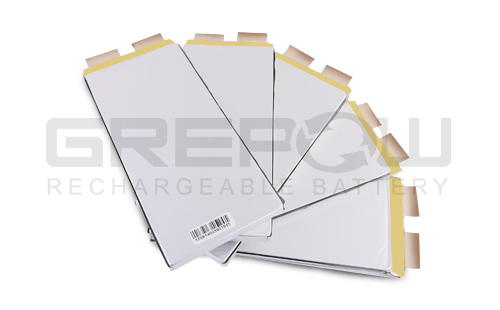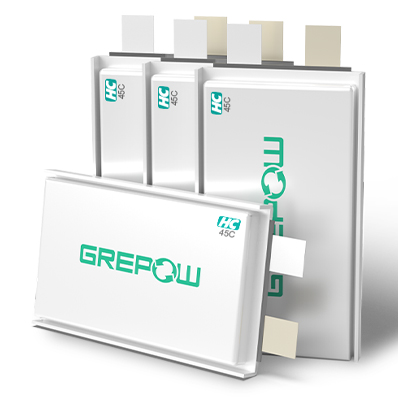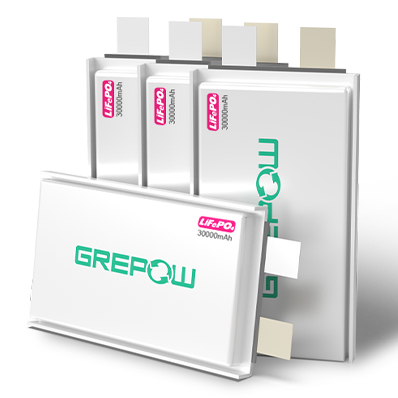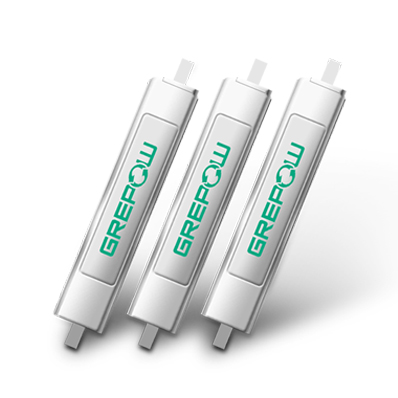Resistance and Conductivity in Electric Batteries: A Simplified Explanation
Resistance and Conductivity in Electric Batteries: A Simplified Explanation
The concepts of resistance and conductivity are essential in the field of electricity and have a significant relationship. Resistance is the measure of a material's opposition to the flow of electric current in an electric field, denoted by the Greek letter ρ (rho) and measured in ohm-meters (Ω·m). Let's explore the basics of resistance and conductivity, including their units and relationship.
Resistance
1. What is resistance?
Resistance is a physical property of a material that quantifies its hindrance to the flow of electric current. It is typically represented by the symbol ρ (rho) and measured in ohm-meters (Ω·m).
2. What is the unit of resistance?
The unit of resistance is ohm-meters (Ω·m) or ohms per square millimeter per meter (Ω·mm²/m).
3. How is resistance calculated?
Resistance can be calculated using the formula ρ = R · S / L, details:
- ρ is the resistance, measured in ohm-centimeters (Ω·cm).
- R is the resistance value, measured in ohms.
- S is the cross-sectional area, measured in square centimeters.
- L is the length of the conductor, measured in centimeters.
Conductivity
4. What is conductivity?
Conductivity, also known as electrical conductivity, is a physical property that describes the ease with which electric charge flows through a material. It is denoted by the symbol σ (sigma) and is measured in siemens per meter (S/m).
5. How are resistance and conductivity related?
Resistance (ρ) and conductivity (σ) are reciprocals of each other. Conductivity measures the ability of a material to conduct electric current, while resistance measures the hindrance to the flow of electric current. The relationship between them can be expressed as:
σ = 1 / ρ
where σ represents conductivity and ρ represents resistance.
In practical terms, materials with high conductivity have low resistance, and vice versa. For example, conductive materials like copper and silver have high conductivity and low resistance, allowing electric current to flow with minimal hindrance. On the other hand, insulating materials like rubber and plastic have low conductivity and high resistance, impeding the flow of electric current.
Understanding resistance and conductivity is crucial in circuit design and electronic engineering. By controlling the conductivity and resistance of materials, it becomes possible to regulate electric current, optimize circuit performance, and manage power consumption.
Related Articles
-

Energy Density for Batteries FAQs
2024-05-16 -

What is the Operating Voltage of a Battery?
2022-12-16 -

Will solid-state batteries be the next market outlet?
2021-05-13
Related products
-

45C High Discharge Battery - High C Rate LiPo
-

High Capacity LiFePO4 Battery
-

Pouch Ultra Narrow Lipo Battery
















































